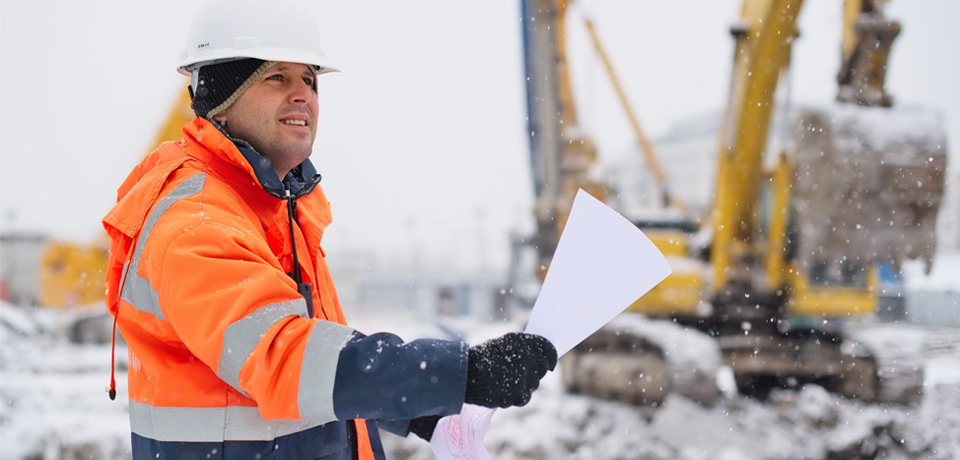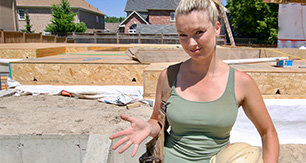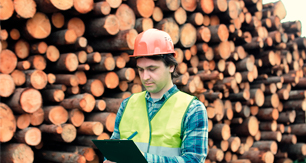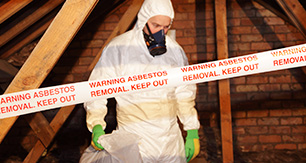With winter just around the corner, a number of new hazards can come into play at jobsites. The risk of injury rises during the colder months due to windchill, slippery surfaces, poor driving conditions, low visibility and the threat of hanging ice. With this in mind, consider the following safety tips for prepping your jobsite this winter:

1. Site prep
The most crucial aspect in site preparation before winter is to make sure roadways, walkways and parking surfaces are even. Since grass only grows between March and September, alternative methods of stabilizing the soil should be implemented for the remaining months.
To even out areas, mulch may be applied to surfaces without ice or snow, and held in place by netting or erosion-control blankets. Swales and ditches without much vegetation can be stabilized with stone or geotextile to prevent erosion in areas of concentrated water movement. Planning to keep vegetative buffer strips at the end of any downhill slope will naturally filter sediment, controlling erosion in stormwater runoff. Barricades or berms should be used to secure excavation holes that cannot be filled.
2. Vehicle/equipment prep
When servicing vehicles, inspect the batteries, lights, brake system, windshields and wiper blades. Each vehicle should be provided with emergency kits containing jumper cables and first aid supplies. Snow removal equipment, such as bobcats, loaders and graders, should be inspected before the first snowfall to ensure the construction team is ready to maintain the site.
3. Heating
Crews should be prepared to counter the cold weather and restricted sunlight that winter brings. Temporary hoardings may need to be set up to allow workers to take shelter. It is essential that the areas are well ventilated, especially when using kerosene heaters. If trailers are used on-site, service the furnace and make sure the pipes are treated with antifreeze solution to avoid problems in extreme cold.
4. Lighting
Consider what areas on the jobsite will see the majority of foot and vehicle traffic and ensure temporary lighting is set up to provide adequate lighting. Most work lights are available in halogen or LED models. LED lighting is not only energy efficient, but also very resistant to cold termpatures. If there are areas without light sources, mark any hazards with reflective barriers.
5. Site maintenance
The main component of site maintenance is snowplowing. As mentioned earlier, snow removal equipment should be maintained and ready for when winter hits. Snow disposal areas can be determined based on the site and should be placed at the bottom of a slope to limit waterflow in melting conditions.
Winter can come at a moment’s notice. Be sure to use these tips to stay safe and productive during this time of year.








